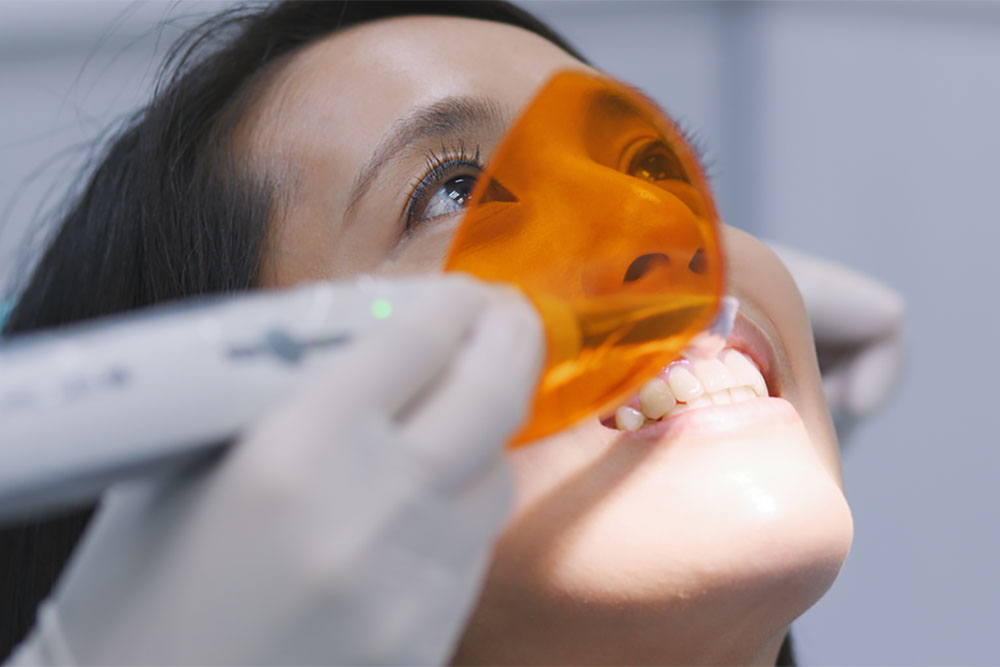At Exquisite Dental Tech, we owe it to our dentist clients to stay up to date on the latest materials used in restorations. Some are available now, some are just hitting the market, and some are a few years from reaching your patients’ mouths.
One, which is so new it doesn’t have a name yet, is being developed by Materials Scientists at the University of California at Santa Barbara. It takes advantage of mechanisms that have evolved over millions of years to help mussels stick to alternately wet and dry surfaces, which of course is something that dentures and implants must do. In practice it means that researchers are creating a newer, more durable composite that lends and additional layer of protection to treated teeth. This could mean longer lasting fillings, implants, and crowns.
Says Dr. Kolbe Ahn of UCSB’s Marine Science Institute, “It’s as hard as a typical dental restoration but less likely to crack.” His research is mentioned in the latest edition of the journal Advanced Materials.
Often today’s dental restorations often don’t last more than 10 years in a patient’s mouth before requiring replacement. Though patients are urged not to engage in activities like bruxing, eating overly acidic foods, not brushing or flossing, etc, many of them fail to take adequate care of their restorations and must have them redone.
One of the main reasons restorations fail is inadequate bonding with surrounding teeth, leading to brittle failure. As Dr. Ahn says, “All dental composites have micro-particles to increase their rigidity and prevent their shrinkage during their curing process. But there’s a trade-off: when the composite gets harder, it gets more brittle.”
When this happens, a crack can form due to everyday use, which can grow throughout the whole restoration.
Ahn and colleagues found a solution by examining mussels. These ancient mollusks have evolved the ability to hold on to irregular surfaces that experience alternating heat and cold, air and water exposure, and different pressure gradients. They use byssal threads to perform this complex function. Each thread is protected by a 5-10 micrometer thick coating which is both extensible and very strong.
It is this coating which inspired the formula created by the UCSB researchers. They have demonstrated that their new material provides a 50% increase in toughness and then times the adhesion of currently used resin composites.
The team’s next step is to increase the material’s durability even more. Aha estimates that a commercial product may be available in as little as two years.


